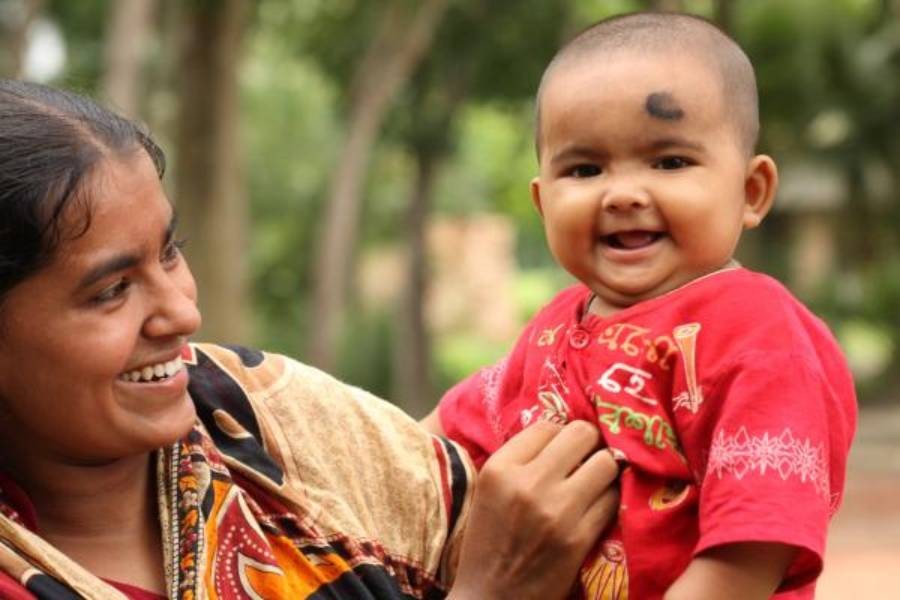Though needed in small amounts, vitamins and minerals, which constitute micronutrients, play a vital role in the growth and development of a human body. Vitamins, for example, are necessary for energy production and immune function in the body. Similarly, minerals ensure growth and look after bone health and fluid balance. So, shortage of micronutrients can lead to stunted growth in children and increased risk of diseases among adults. Since human body generally cannot produce micronutrients, it meets the need from food. So, for the sake of body's healthy growth and protection against any disorder or disease, it is necessary to ensure that the food people eat are balanced in respect of their micronutrient contents. This is more so in a developing country like Bangladesh where the public's access to essential nutrients or micronutrients is limited, especially, among women and children in the low-income bracket.
In this context, the findings of the Second National Micronutrient Survey 2019-20 are concerning. Presented reportedly at a seminar in the city on Sunday last by the National Nutrition Services under the Directorate General of Health Services in partnership with ICDDR,B, the survey results show that 31 per cent of the under-5 children are deficient in the mineral zinc, 20 per cent are suffering from iodine shortage, while 15 per cent lacked desired amount of iron in their body. The iodine deficiency found among one fifth of the children is alarming. Because, deficiency of iodine in an under-5 child means his/her brain is getting damaged and cognitive and motor development is impaired. What is further concerning is that the nation has come to know of the fact for the first time as it is the first-ever such survey done on iodine deficiency among under-5 children.
Similarly, zinc deficiency in such children compromises their immunity from infectious diseases such as diarrhoea, pneumonia and malaria. Iron deficiency in a child, on the other hand, also affects his/her cognitive performance and is a major cause of anaemia. Further, the country's 22 per cent children are deficient in vitamin-D. This is alarming because the hallmark of a vitamin-D-deficient child is that he or she is rickety and has weak muscle. Such a child suffers from pains and is prone to bone fractures. Vitamin-A deficiency among 7.0 per cent of the children as found by the survey is also very disquieting seeing that it increases the risk of a child's survival from serious illness, affects its growth and slows down its bone development.
Alongside children, what the survey reported about micronutrient deficiency among non-pregnant and non-lactating women (NPNL) is also disheartening. Given that 43 per cent of the reported section of women are deficient in zinc, 30 per cent in iodine, 29 per cent in foliate and 14 per cent in iron only reasserts how neglectful the nation is about its women of reproductive age. The picture of vitamin deficiency among the NPNL women is equally disturbing as an alarming 70 per cent of them are found wanting in vitamin-D, 20 per cent lacks vitamin-B12 while 7.0 per are suffering from moderate vitamin-A deficiency. If anything, the results of the latest national micronutrient survey should be an eye-opener for the policymakers in the country's health sector. It calls for taking urgent steps to address micronutrient deficiencies among children and women.


